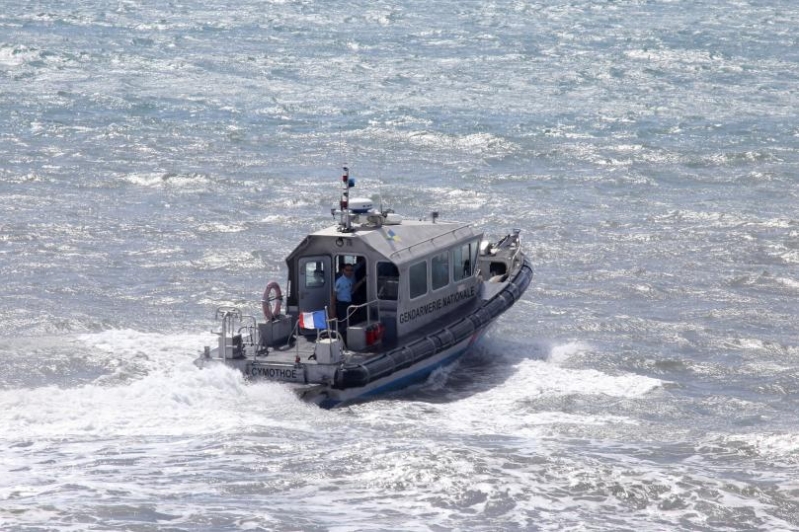
The search for MH370 becomes more complicated than ever. According to a new report, the search coordinators are now retracing their steps in certain areas already searched before to ensure they did not miss anything.
The Australian Transport Safety Bureau claimed that the MH370 could be in the southern Indian Ocean floor but was missed. Chief Commissioner Martin Dolan shared to News Corp Australian Network to say that the conditions of the terrain and deep fissures in the seabed affected the quality of solar images. To be sure, Dolan said the agency should retrace their steps. He said: "We're taking another look because the areas where we haven't been certain are large enough to contain an aircraft - which is why we're going over them. The sea floor is very rugged and complex."
Dolan however, reassured people that the likelihood that the search will be successful before June is quite high. It can be remembered that last year, Australia's Deputy Prime Minister Warren Truss asserted that the search is ending by June. He said the costs of prolonged search can be detrimental. He said that the probability of "us finding the aircraft outside that square was low and therefore further search effort in the absence of new information was not likely to be cost-effective."
As of now, the only part of the plane that was found was the flaperon that washed ashore Reunion Island. As of now, the Australian Bureau, working with three more vessels, will continue with their search within the 120,000 square kilometer area.
In a related news, just recently, new debris was uncovered on the southern coast of Thailand and was tested to determine if they are linked to the missing aircraft. Thailand Civil Aviation Department Duty Director General Umphawan Wannago said that that his investigators of his department will work with Malaysian aviation specialists to extensively test the uncovered material.
Moreover, a U.S. firm, Phoenix International, will rejoin the search mission starting next week aboard a Chinese vessel. It will be joining three Dutch ships in the search of the Indian Ocean. It is believed that Phoenix International can do so much more to aid the search, so this is a positive development. Phoenix International's side scan sonar has the ability to scan an image of large areas of the sea floor. Moreover, the scans are more accurate compared to those that traditional 75 kHz side sonars can do.







